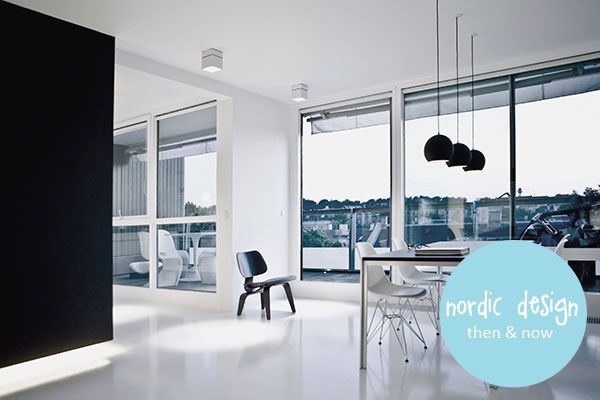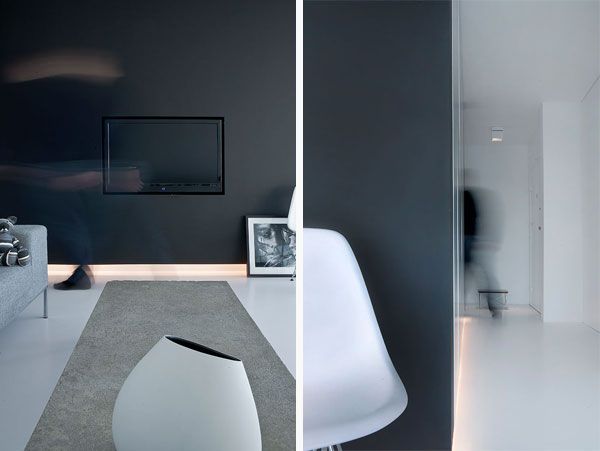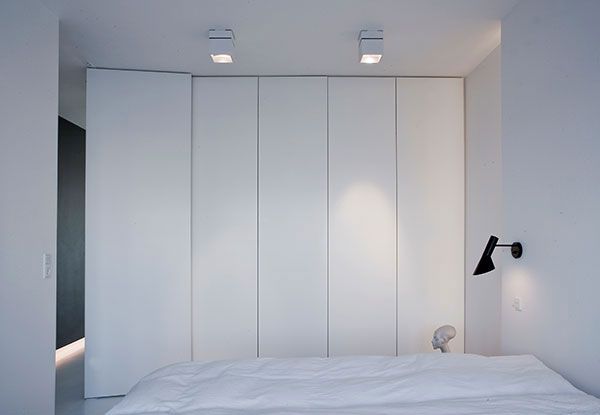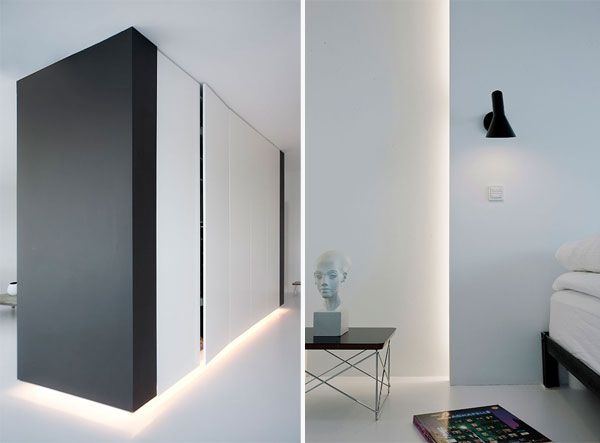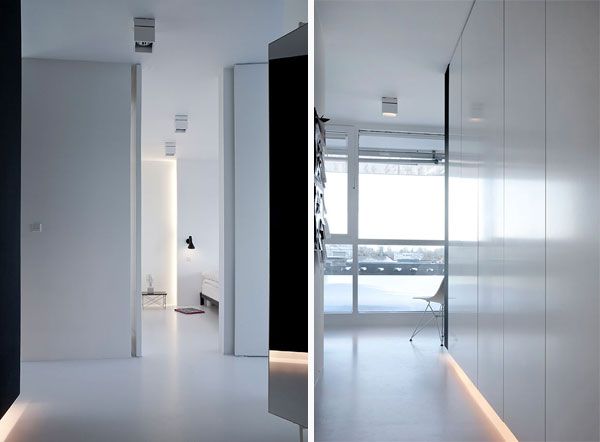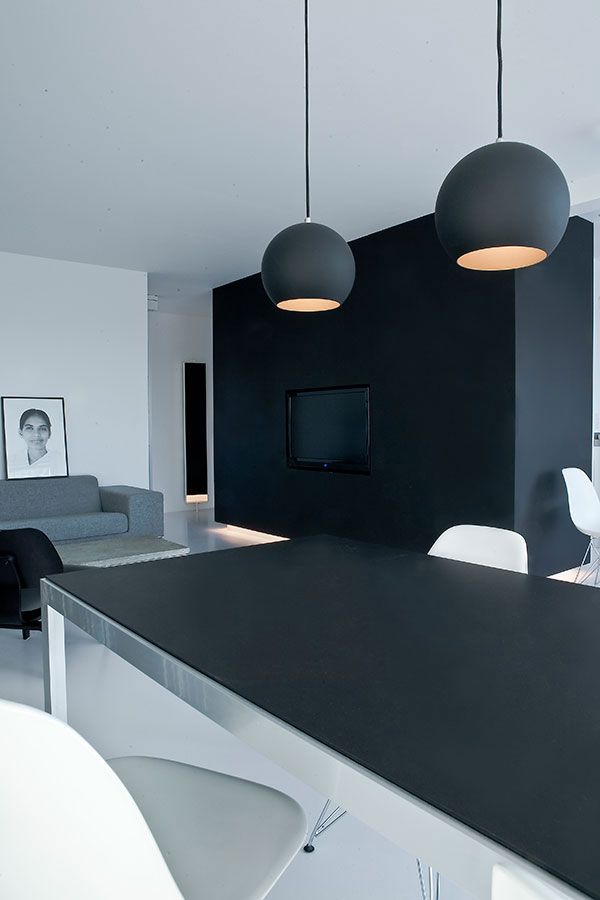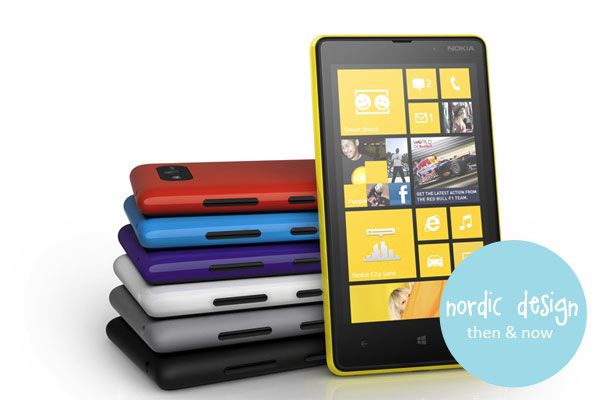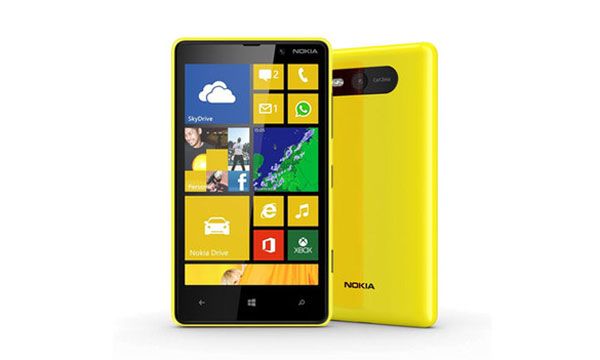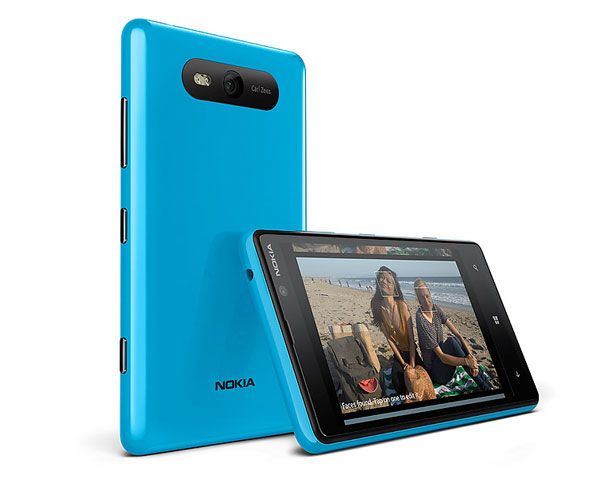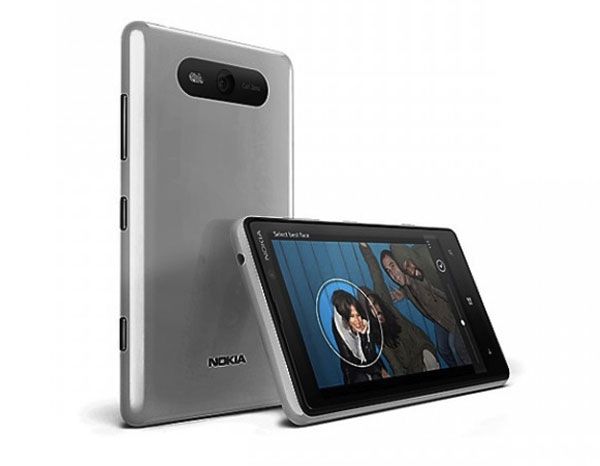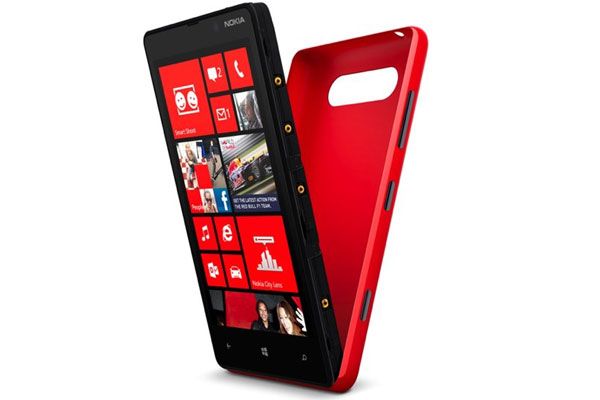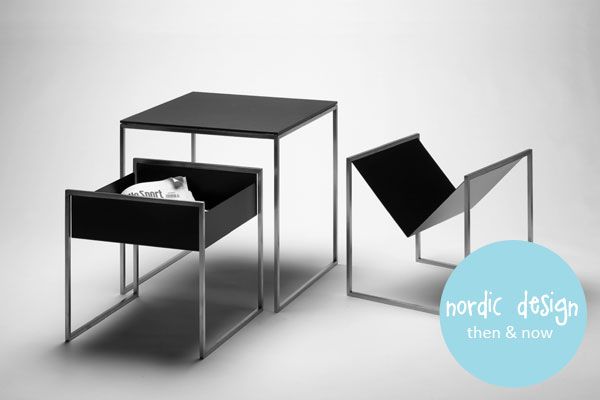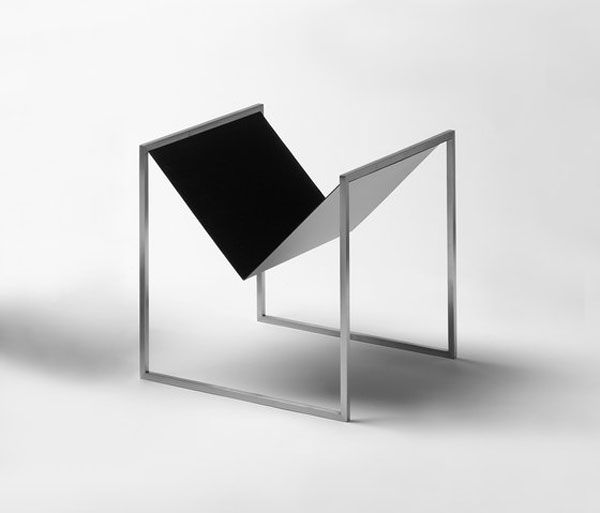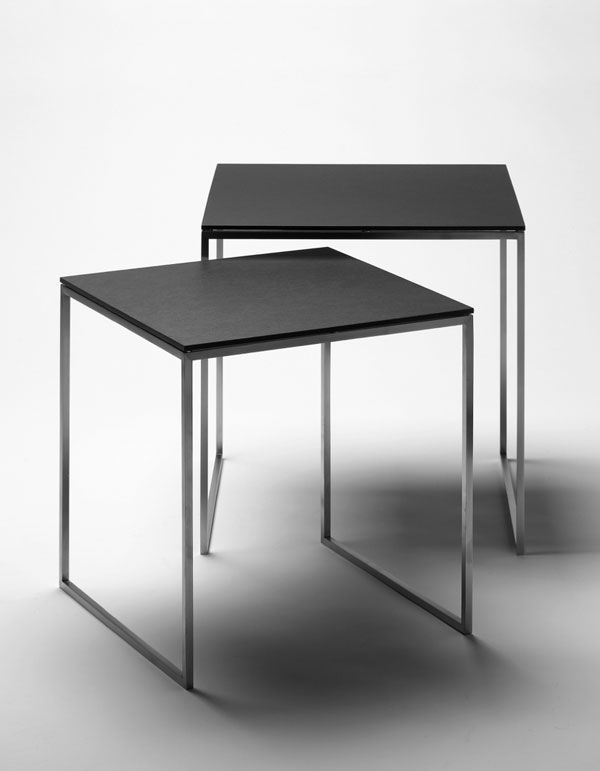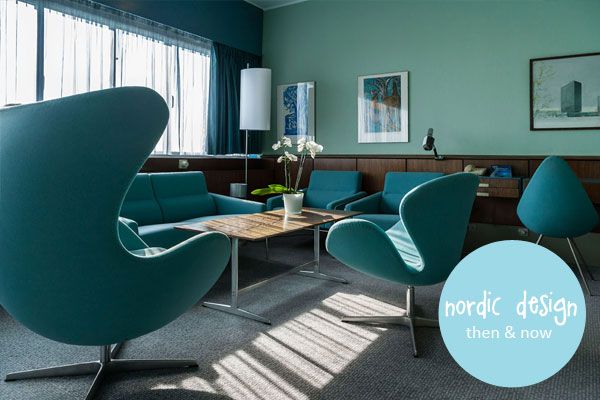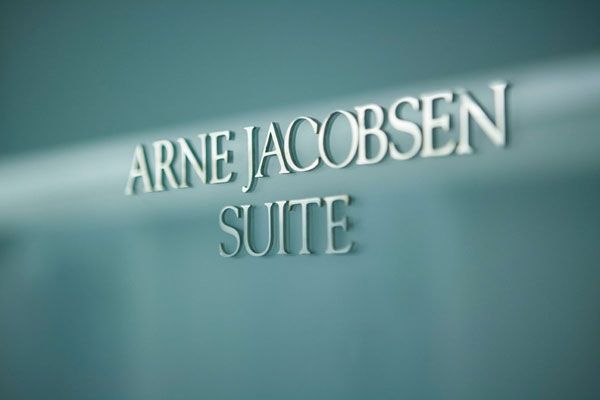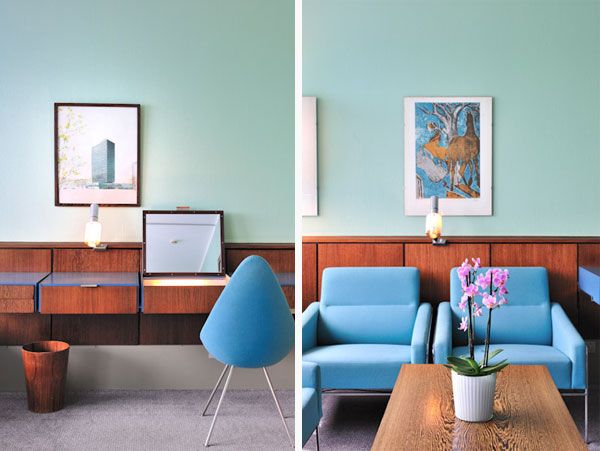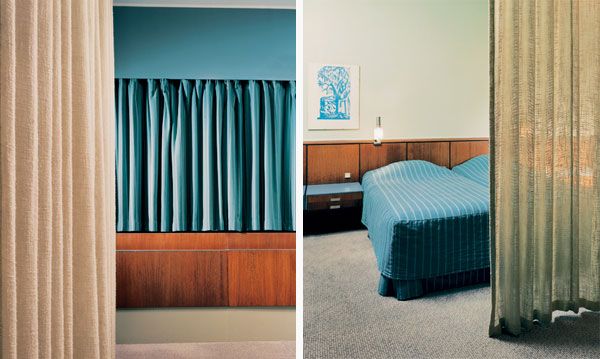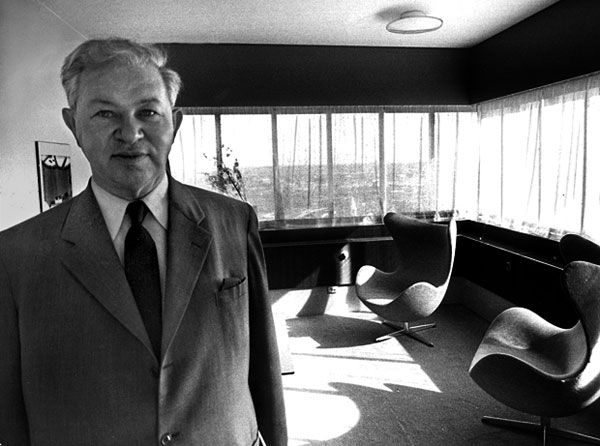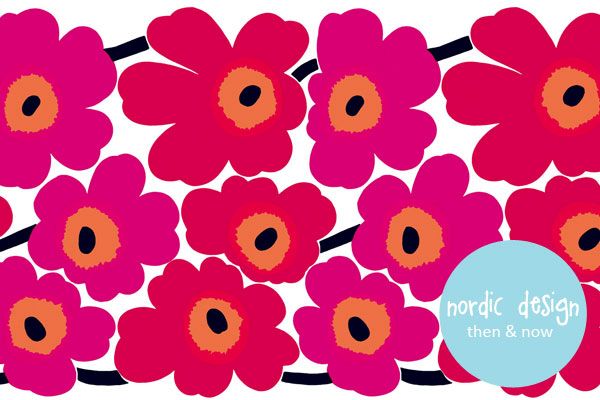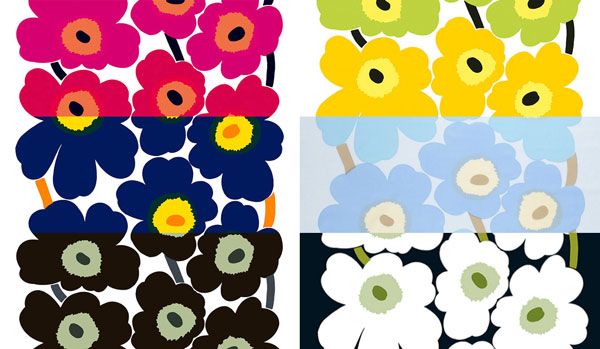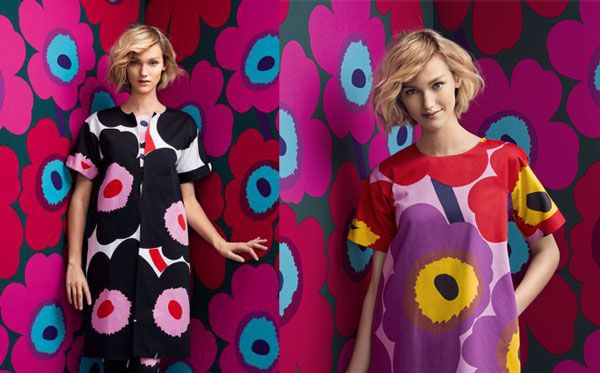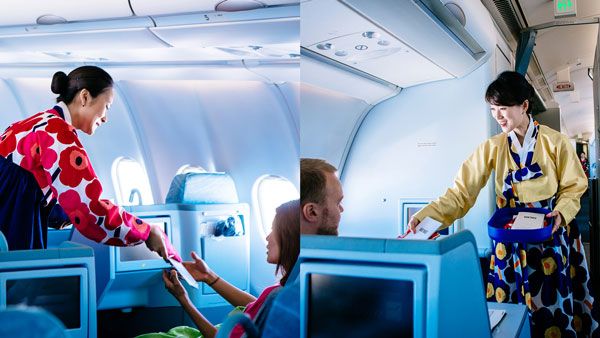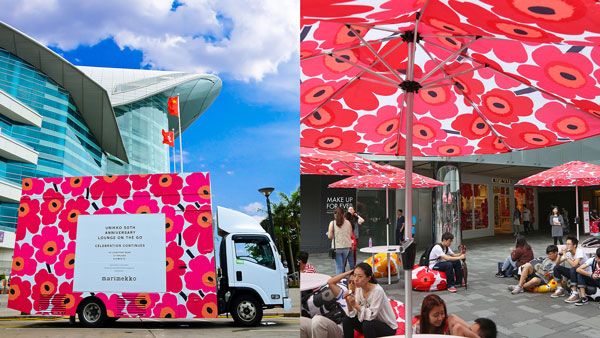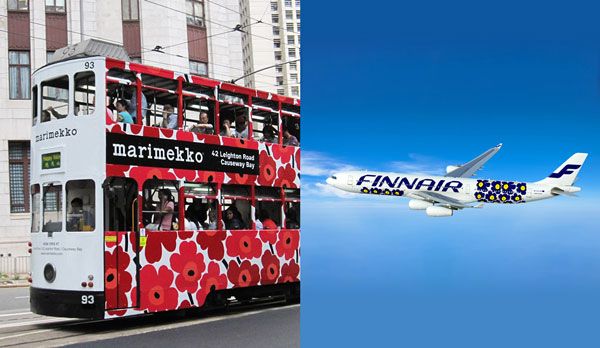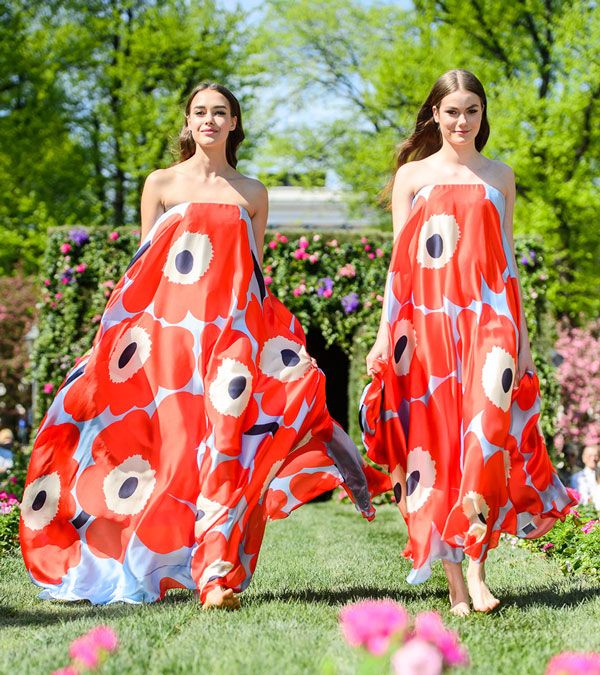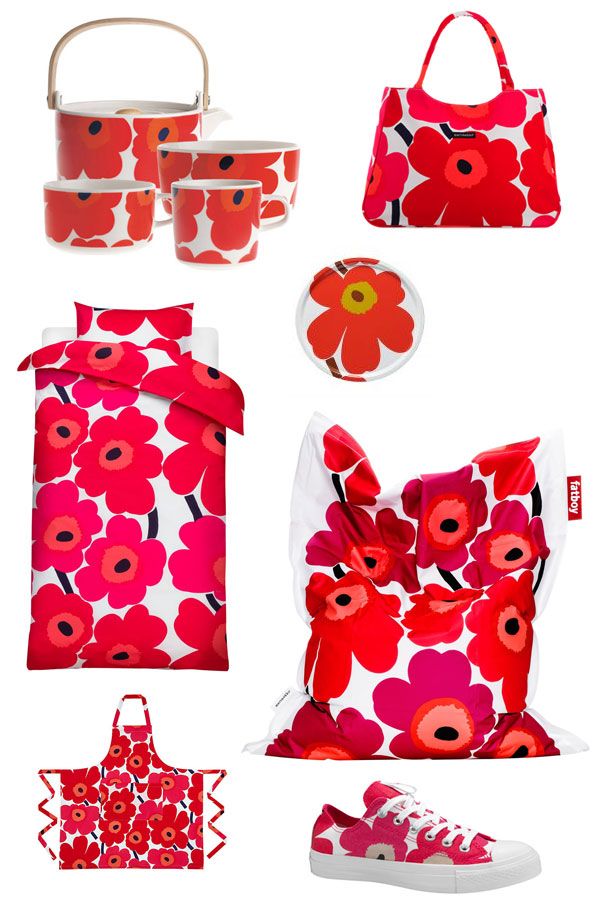Design Year Book |
| Trollstigen Visitor Centre by Reiulf Ramstad Architects Posted: 30 Sep 2014 03:44 AM PDT 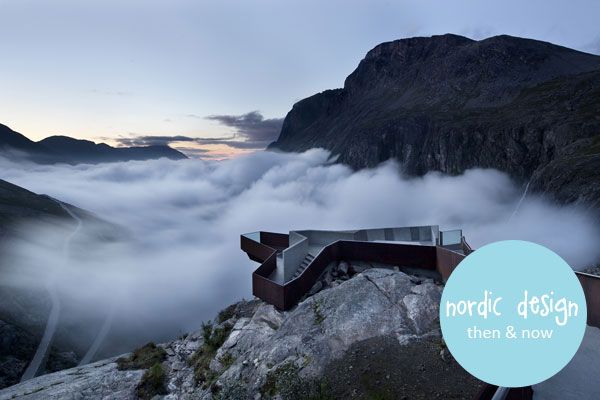 Located in Møre og Romsdal, Norway, is this stunning visitor center designed by Reiulf Ramstad Architects. The Visitor Centre, is a new addition to the existing Trollstigen Viewing Platform, both designed by Reiulf Ramstad Architects, and is part of the National Tourist Routes in Norway. Situated in a mountain pass - at an elevation of around 850 metres - between the towns of Valldal and Åndalsnes in Western Norway, the Trollstigen Visitor Centre and Viewing Platform provides spectacular views of the Trollstigen road - the 'Troll Ladder'. 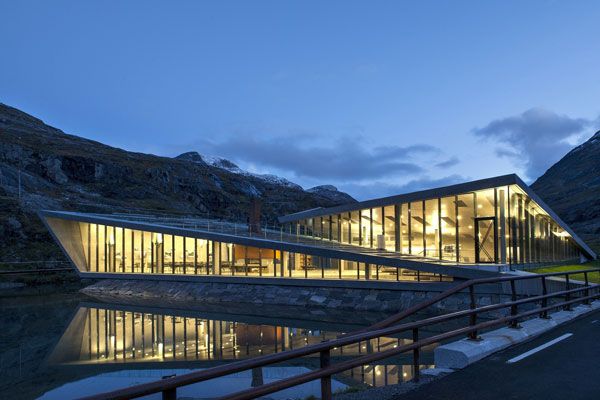 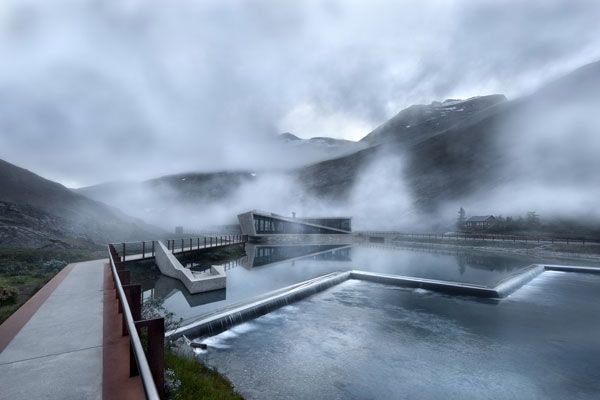 The project enhances the experience of the Trollstigen plateau's location and nature. Thoughtfulness regarding elements and materials underscore the site's nature and character, and well-adapted, functional facilities augment the visitor experience. The architecture is characterized by clear and precise transitions between planned zones and the natural landscape. Through the notion of water as a dynamic element—from snow to running and then falling water—and rock as a static element, the project creates a series of prepositional relations that describe and magnify the unique spatiality of the site. 'Much of the uniqueness of Nordic culture, and Norwegian culture in particular, is based on our relationship to water,' says Reiulf Ramstad. 'At Trollstigen, water can be experienced as snow on the mountains, as a glistening mirror, as a swirling but controlled cascade or as a dramatic waterfall, all of which is reflected in the Visitor Centre's design.'   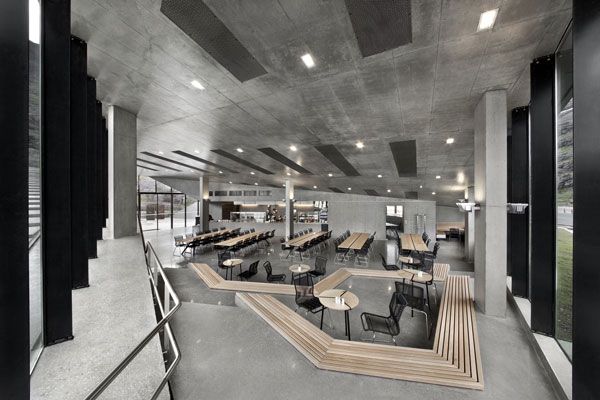 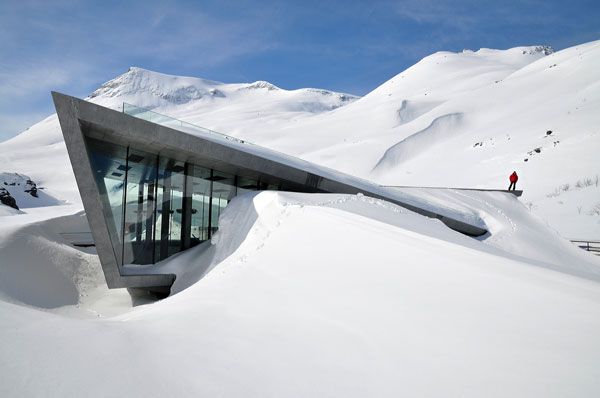 |
| You are subscribed to email updates from Design Year Book To stop receiving these emails, you may unsubscribe now. | Email delivery powered by Google |
| Google Inc., 20 West Kinzie, Chicago IL USA 60610 | |






